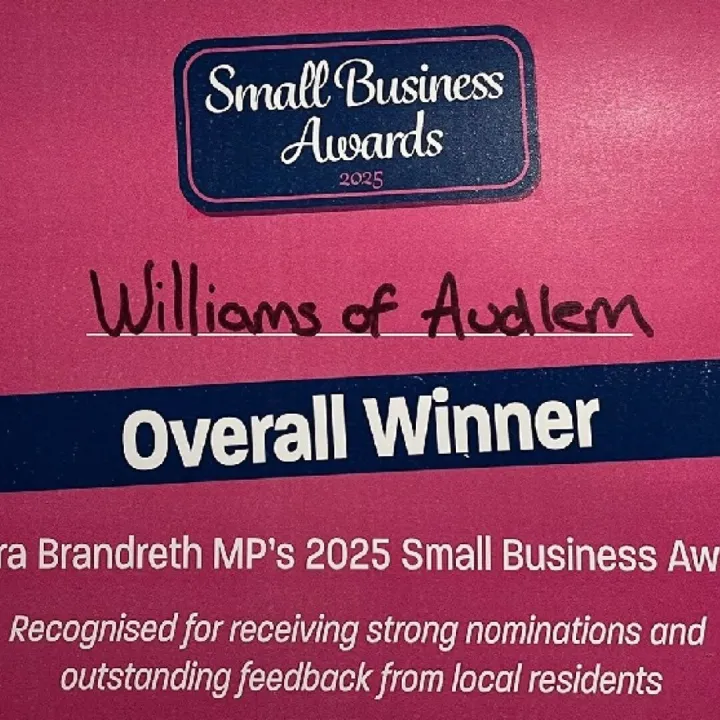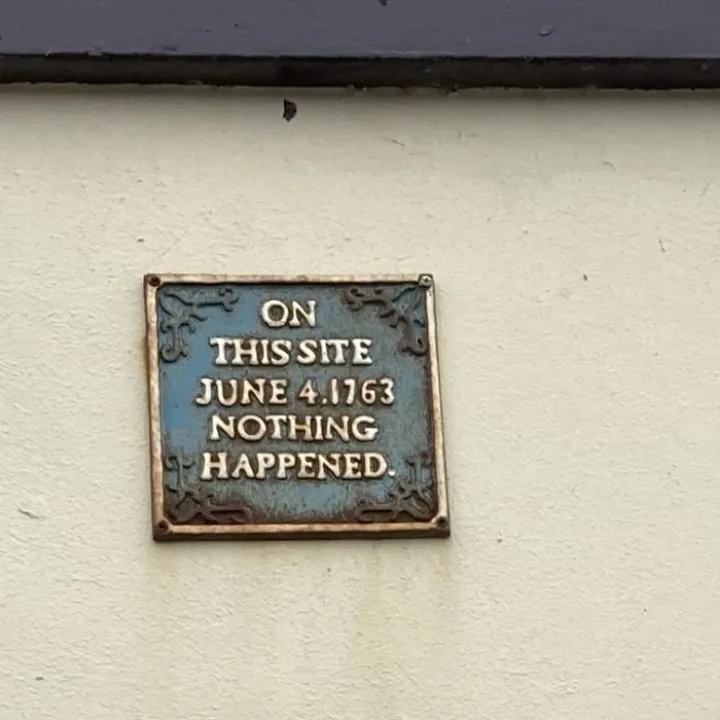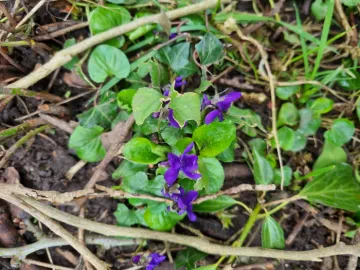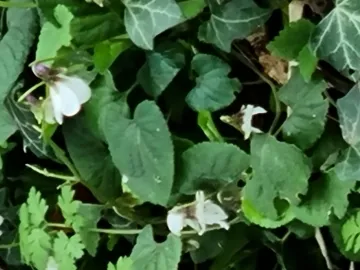Roses are red, Violets are blue








Roses are red, Violets are blue .... well some of them.

I have been waiting with expectation to see the early violets make their appearance once again this year. Along side Snowdrops and Lesser Celandine, the Violets are a sign to me of the coming of Spring, and this week I was rewarded. My walk along the canal on a grey afternoon brought me to a spot that I had been watching with anticipation. It is always a surprise when what you have been expecting actually happens! Tucked down on a wooded bank among the detritus of last year's growth and a tangle of emerging plants were my little blue wonders. These were Early Dog Violets (Viola reichenbachiana), a variant of the Common Dog Violet (Viola riviniana) .It shows slightly earlier than the Common Dog Violet and is more delicate in appearance.
The name with the label "Dog" comes from the fact that unlike the Sweet Violet it does not have a scent. Humans do have a a peculiar propensity for derogatory labelling. Anyway the last laugh maybe on us as a dog is able to detect far more sensitively than our senses allow. Even if the flower does not tickle our nose, the plant does have a number of useful attributes. It contains Salicylic Acid which is a component of Aspirin and has been used for coughs and sore throats. It also contains antioxidant and antiseptic qualities. In the ecosystem it plays it part as providing a particular food for various early flying species of Fritillary Butterflies.

I did hint that not all Violets are blue and walking back, taking over from the Snowdrops, was a bank of white Sweet Violets (Viola odorata). These are a very sociable variety and are often found in patches. In human society this maybe explained by their sweet smell!
It does, however, raise the question, why do some flowers smell nice? In fact, all plants give off an odour, it is just that we cannot smell it. One purpose is to attract pollinators. But the other reason, believe or not, is to communicate with other plants. Recent research has shown that plants are actually quite chatty to each other. The language they use is chemical and the smell we pick up is of some of those chemicals. So what do they converse about – the weather? Possibly but certainly they share information about prevailing conditions especially attack from predators. These maybe bacterial or viral and also animal. Plants are able to produce protective chemicals like we might a vaccine. They are also able to warn, through chemical signals, neighbouring plants. If the attack is prolonged and this protective mechanism does take time to kick in, they can alter their genes so that subsequent offspring are protected.
The last 10 years has seen a huge leap in our understanding of plant life and the less obvious organisms around us, although we are only at the beginning of understanding. What it shows us is that we are surrounded by a conscious world although it may not follow the same pattern we are used to in human life. So there is more to the smell of a flower than what we may enjoy and appreciate.
So if you talk to the trees and they don't listen to you, perhaps you are using the wrong language, though your speech may set up vibrations in the air which they pick up. But no, its your smell they are "listening to" – now that's a thought!
Get In Touch
AudlemOnline is powered by our active community.
Please send us your news and views using the button below:
Email: editor@audlem.org




